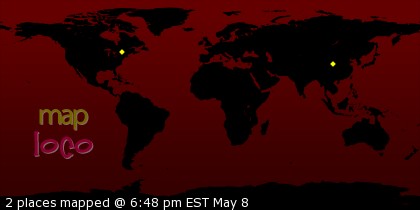I'm working on a new Lydia Duluth story, and I'm stuck at 11,000 words. I don't know how to end the story.
While thinking about this problem, I realized how mysterious the process of writing is for me. I started the story years ago, and then put it aside, because I didn't know where it went. But something about it must be compelling to me, since I've picked it up again.
It's one of those stories that wander. I began with no plot, just some images and ideas. It's about tunnels and homeless people and biology. I've known that all along.
Lydia goes to a new planet, and ends lost in the tunnels below a city. The tunnels are a modified version of the local life, which is a mix of carbon and silicon.
(When I checked on silicon-based life forms, I discovered they're impossible on a planet that humans can inhabit, so I had to add carbon. Per Wikipedia, there are carbon-silicon molecules, though I haven't been able to find out much about them; and many Earth life forms incorporate silicon. Grasses, for example. Tissue with silicon provides support and protection against pathogens and small herbivores, according to a quick check of the Internet. Glass sponges have 'skeletons' made of silicon, and light travels via the glass deep into the sponges, apparently for the benefit of photosynthetic symbiotes.)
In any case...
My tunnels are alive and build themselves -- and have become feral, growing out of control on the seafloor around the city.
I have no idea how I came up with the idea of the tunnels or why there is a Goxhat in them, along with homeless humans. The Goxhat is the problem I have to solve to end the story.
Homeless people make sense. Patrick worked with homeless people for many years. But why the tunnels and the Goxhat?
Beats me.
Today, after I wrote the above, I figured out how to solve the Goxhat problem -- giving the story a more or less coherent plot, though it still has a coincidence in the middle of it.
Which leads to another interesting question, though maybe a less interesting question. How does one take a more or less shapeless story and give it a plot? What is the mental process there?
Wednesday, September 01, 2010
Subscribe to:
Post Comments (Atom)





2 comments:
I don't know, but I'm not always sure it's entirely necessary. I mean, when you think about it life is a big meander with no coherent plot. I think if any of the story makes sense, that makes it stand out as significantly different from reality. And, therefor, works as fiction.
:-)
If the plot's not tight, I find it unsatisfying to write, so sometimes I set it aside; a luxury reserved for those with no contract.
Coincidences can often be made to work if you exercise your godlike authorial power and change the past to make them not (as obviously) coincidences.
Then there's always the old taking things out that don't contribute to the plot gambit. I know, those bits contain some beautiful sentences and witty dialogue. Maybe you can find somewhere else to use them.
Post a Comment